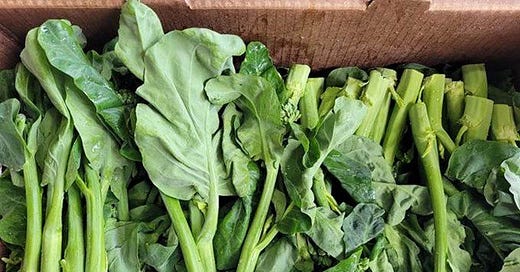For those who take their edible gardens into the cold months, now is probably harvest time for many kales — although other kales might just be getting their roots deeper into the ground to offer up something for recipes deeper into winter.
As with so many vegetable types, especially those within the Brassicaceae (cabbages and cousins), kales find themselves in various subtypes, varieties, subspecies, “groups,” or other categorizations, depending on your botanical/agricultural authority. Yet almost all are still called kales. Only a few are familiar and even those that are “familiar” are regularly lumped with or confused with another kale.
So, here’s a kind of annotated introduction and breakdown, which includes pretty much everything I could find that has the word “kale” somewhere in its name or taxonomy. All are suited to growing during the cool season of one's area, with a couple of exceptions.
YOUR BASIC, EVERYDAY (kinda) KALES
Plain-leaved or Kitchen Kale (Brassica oleracea var. sabellica) — leaves are greenish to blue-ish and usually fairly flat.
Keep reading with a 7-day free trial
Subscribe to Back to the NEW Basics of Gardening to keep reading this post and get 7 days of free access to the full post archives.




